Your basket is currently empty!
The Holy Grail: that goblet Hitler looked at the site of San Giorgio’s Abbey
Is it true the story of some old inhabitants of Gratteri who claimed that during the Second World War Nazi soldiers were sent by Hitler himself to look for a powerful relics in the Abbey of San Giorgio?
What could be the connection between Nazism and the ruins of a now abandoned medieval monastery in the wood of Gratteri? We don’t know if the story is true, however, it is known that the Fuhrer was enthusiastic of esoterism and had French castles and Cistercian monasteries turned upside down in his constant search for the Holy Chalice. The origins of the abbey are very old and still partly to be deciphered with the foundation attributed to Pope Innocenzo II around 1140.
Someone claims that it was the first Cistercian foundation in the kingdom of Sicily, since it was entrusted by Ruggero II to the Premonstratensian monks, reformed Augustinians from Normandy who made it their only monastery in Sicily and one of only three in Europe.
In any case, the San Giorgio’s could have fallen perfectly within those places of his personal interest, also because in 1300 the church and its fiefdom were ceded to the Knights Hospitallers of Jerusalem, an order created for the Crusades and heirs of the Templars. Having made this consideration, it could be possible that the Fuhrer was familiar with another legend linked to a mysterious treasure of the monastery of San Giorgio which has been sought for centuries by various adventurers who, while digging, have desecrated tombs and destroyed part of the floor of that Norman abbey
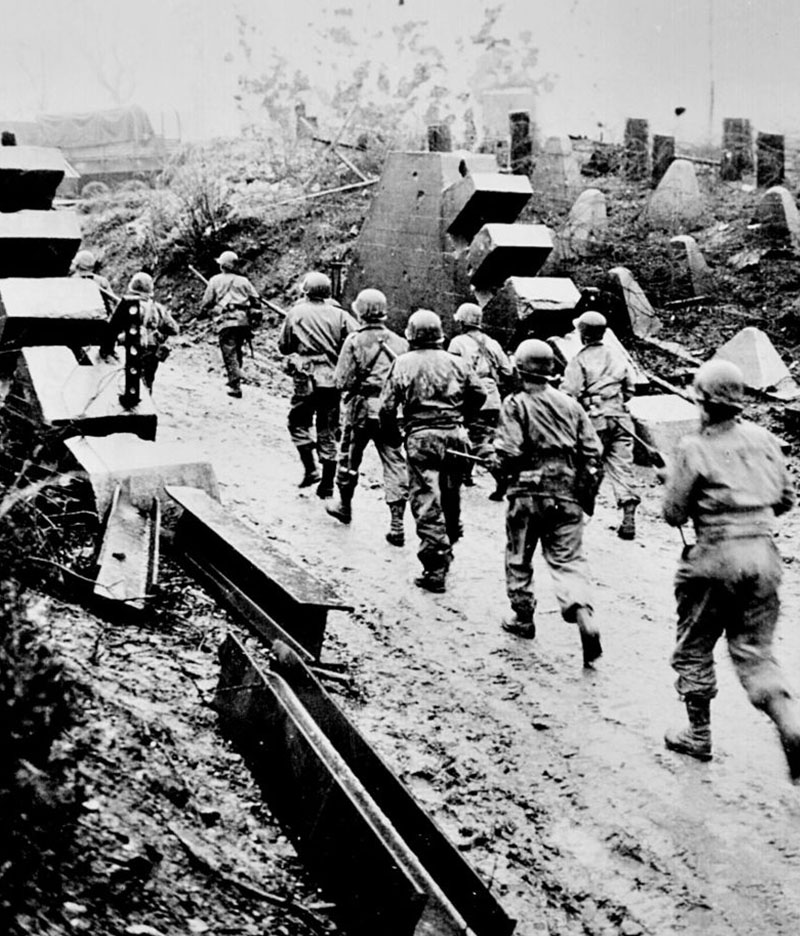
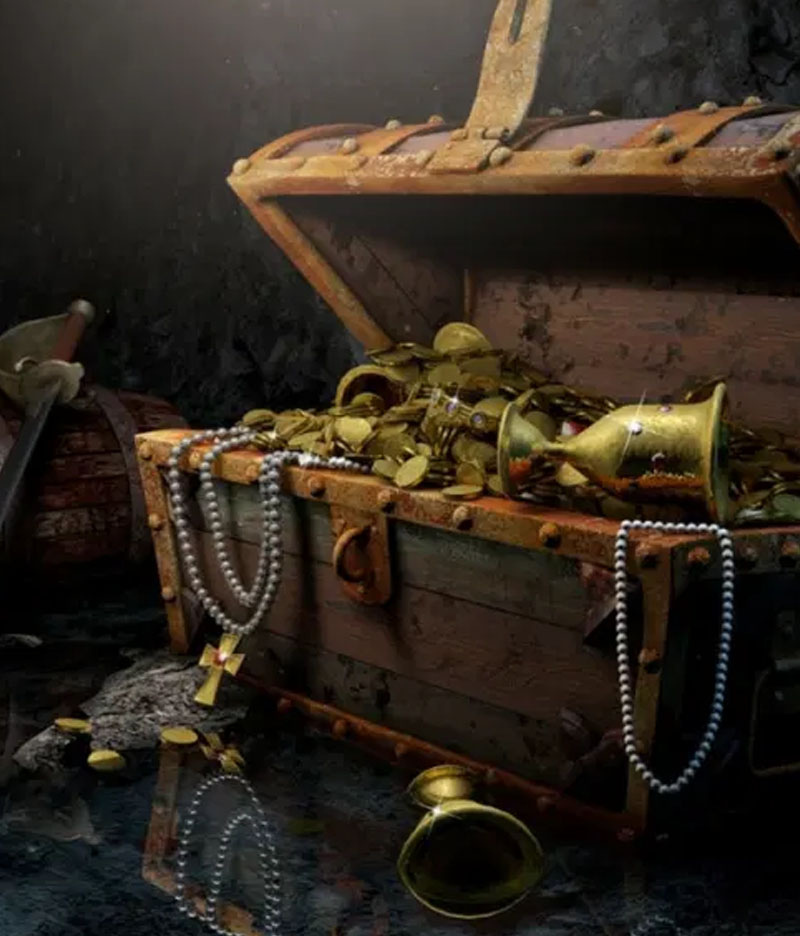
In this mysterious journey we will use a careful study conducted by a young and passionate writer of historical thrillers, Laura Ptzalis, who has travelled around Europe and Italy in search of the latest legends on the actual nature and location of the Holy Graal explaining why Adolf Hitler had been on a constant search for this powerful relic called Graal. (Ptzalis L., “Il sacro Graal tra leggenda e realtà. La magia occulta del terzo Reich”).
In Germany, too, there are numerous versions of the Holy Graall legend, and it is in this country that the search for the Holy Graal is linked to the figure of Adolf Hitler. Hitler has been fascinated by sacred rituals and ceremonies since he was a boy and his youth was influenced by the many mediums and occult scholars who lived in the city of Braunau where he was born and it is said that the future leader of Nazism also possessed mediumistic powers that would assail him at his most nervous. Hitler’s precognition surprised his collaborators so much that their loyalty to the Führer turned into fanaticism.
For Instance, Hitler predicted the exact date of the entry of German troops into Paris, announced the date of F. Roosevelt’s death and predicted the date of the arrival in Bordeaux of the violators of the naval blockade. But Hitler’s accurate predictions were not only limited to politics, but also to everyday life
The mystery of the Holy Graal, the sacred chalice which the esoteric Nazi scholars of the time changed into Il mistero del Santo Graal, il sacro calice che gli studiosi esoterici nazisti del tempo mutarono into “Sang Raal” (royal blood), the blood of the crucified Christ collected in the cup and taken to France and then to Britain by Giuseppe D’Arimatea, fascinated and haunted him for the rest of his life.
It was said that no one could seek the Holy Graal unless he was a pure and chaste knight, like Galaad, son of Lancelot. But even he, who was considered the most generous and valiant knight in King Arthur’s court, was no longer worthy of seeking the Holy Graal because of his adulterous relationship with Guinevere, the king’s wife.
The search for the Holy Graal was therefore forbidden to sinners and Hitler, who considered himself worthy because of his vegetarian, celibate life, he set out to find it, believing that he, as a medium and occultist with mysterious energies, could succeed. He sent out an order to all his collaborators to proceed with the search. But he too, who believed he could rise in the world as Christ’s avenger, failed and so the legend of the Holy Graal remains shrouded in mystery to this day.
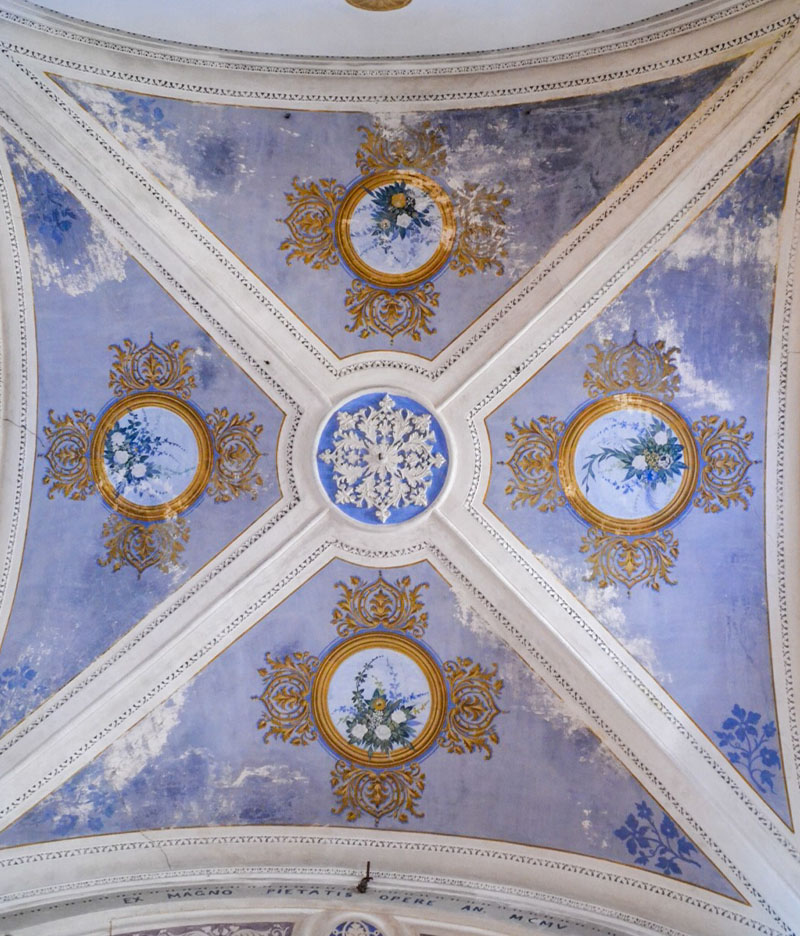
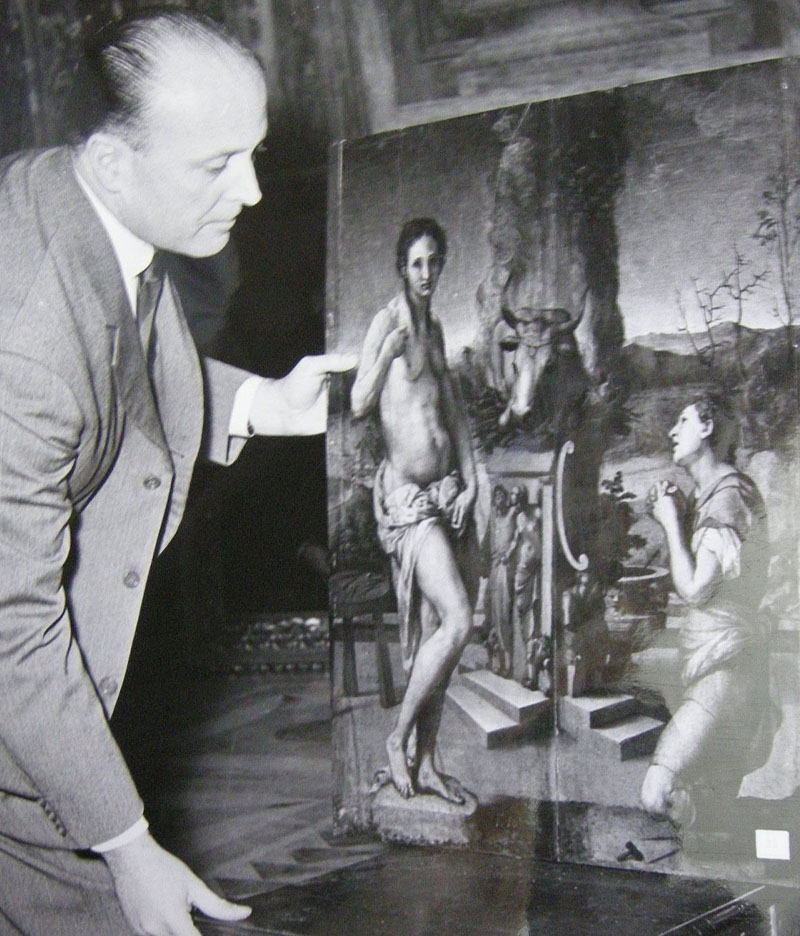
THE OTTO RAHN’S RESEARCH
Why did a regime that also aimed to replace Christianity so persistently seek the cup from which Christ drank at the Last Supper? According to some legends, was the chalice used by Giuseppe D’Arimetea to collect the blood of Christ, pierced by Longinus’ spear. For Himmler’s esotericists this was a sign that Jesus could be considered Aryan. Colonel Otto Rahn was placed in charge of the search for the Graal. Enlisted in the SS, he began his research from the Pyrenees, in France, specifically in Montsegur, famous for being considered the last true Cathar stronghold. The belief that the Cathar people were related to the Aryan race was strong.
He completely dismantled the castle. Nothing was spared, floors, ceilings, he even dug into the surrounding land, but no trace of the Graal. Demoted in 1937, he was forced to move to the Dachau concentration camp.
The terrible actions of the Nazis that he witnessed left a deep and personal mark on him. Unlike other SS officers, Rahn never presented a certificate of Aryan origin, as he was part Jewish on his mother’s side. In 1938 Rahn resigned from the SS and on March 13, 1939, he was found dead in mysterious circumstances, frozen on the side of a vicion mountain in Söll, in the Austrian Tyrol.
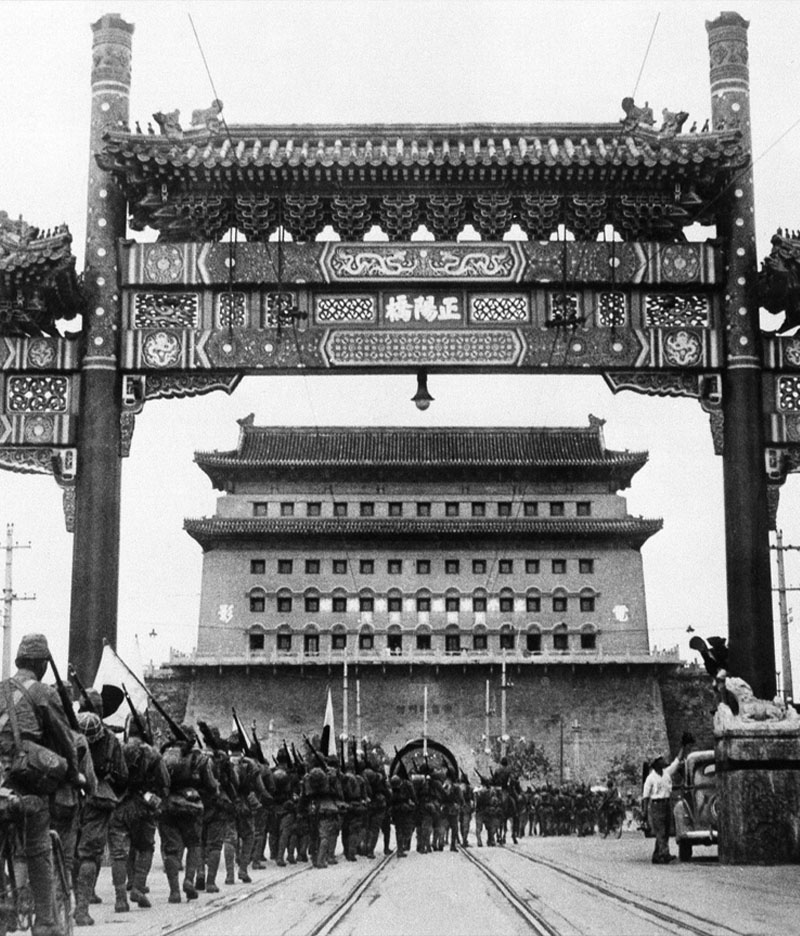
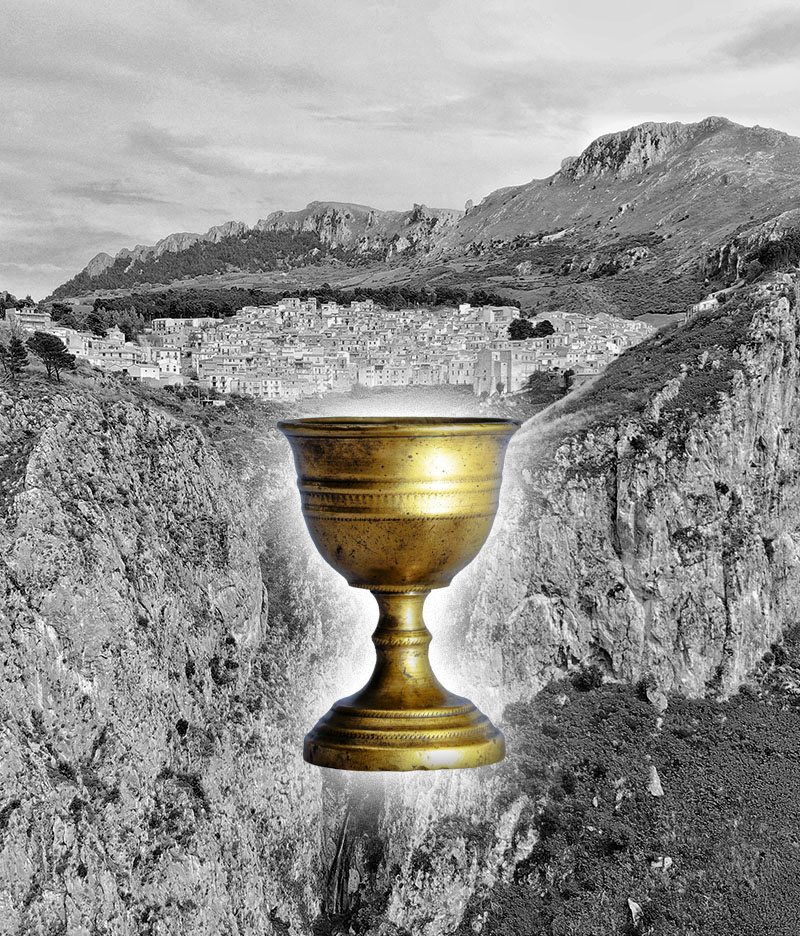
THE FAKE GRAAL GIVEN TO HITLER
At the same time as the Nazi advance in Eastern Europe, teams of archaeologists lookedin vain for magical artefacts to send to the Führer. The story of the fake Grail that was allegedly made and given to Adolf Hitler by the industrialist Albert Pietzsch is curious.
Traces of the fake chalice were lost in the confusion of the war, until it was thrown into Lake Chiemsee in Germany by officers who were intent on hiding the nefarious deeds of the regime. The fake Grail was recovered from the lake and sold to a rich lady for just over one million euros by an art dealer from St. Gallen in 2001.
Marco Fragale
(Università di Palermo)
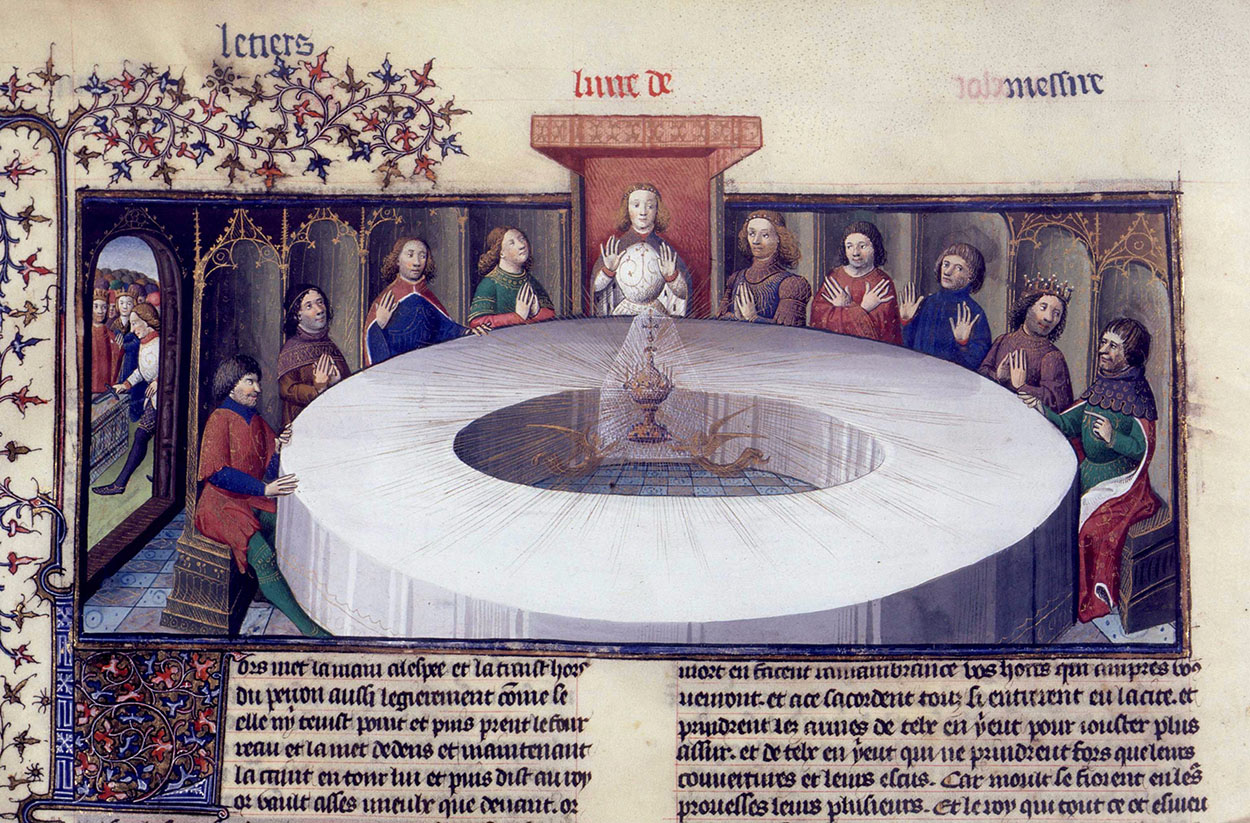
Bibliografia:
BACKMUND NOBERT, Monasticon Praemostratense, vol. I, Strabing 1951, pp. 374-396
BARBER MALCOLM, La storia dei templari, traduzione di Mirco Scaccabarozzi, Piemme, 2003
BAUER MARTIN, Il mistero dei Templari, Universale storica Newton, Newton & Compton, 2005
CARDINI FRANCO, I templari, Giunti, 2011
CERINOTTI ANGELA, La leggenda del Graal. Tra mistero e realtà, Giunti Editore, Milano, 2020
DEMURGER ALAIN, Vita e morte dell’Ordine dei Templari, Garzanti, 1987
FIORI ANTONELLA, Il Sacro Graal del potere dalla Palestina a Hitler, in metronews.it, novembre 2016
GALLI GIORGIO, Hitler e il nazismo magico, Bur Rizzoli, 2005
MANGLAVITI LUIGI, Dossier Templari Graal, LM, 2008
MARILLIER BERNARD, I Templari, Torino, Edizioni l’Età dell’Acquario, 2000
PARTNER PETER, I Templari, Torino, Einaudi, 1991,
PITZALIS LAURA, Il sacro Graal tra leggenda e realtà. La magia occulta del terzo Reich, 2019
RALLS KAREN, I Templari e il Graal, Edizioni Mediterranee, 2004
SELVAGGIO MARIA PIA, Ai Templari il Settimo libro, Firenze, Pubbliedi-Si-RaiEri, 2011
TOMBETTI PIERLUIGI, L’enigma occulto di Hitler. Il Terzo Reich e il Nuovo Ordine Mondiale, Arkadia, 2013


